Jewish History: World War II
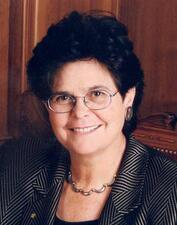
Ruth Dreifuss
Ruth Dreifuss was the first Jewish member of the Federal Government of Switzerland and the first female President of the country. When she became President of the Confederation in 1999, she was the first Jew and the first woman to hold the office.
Sophia Dubnow-Erlich
After finishing her education, Sophia Dubnow-Erlich became an active member of both the Social Democratic Labor Party and the Jewish Labor Party and wrote for Bund journals before fleeing Vilna for Warsaw in 1918. After emigrating to America in 1942, she remained politically active and continued her prolific writing career.

Joanna Eckstein
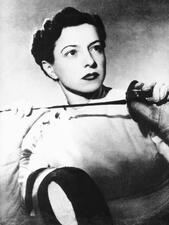
Ilona Elek
Lotte Errell
Photojournalist Lotte Errell worked tirelessly to make her adventurous travels in Africa, China, and the Middle East accessible to her readers at home in Germany and beyond. Her success illustrates how photography and travel journalism provided women with new possibilities for independence and careers. Errell traveled the world throughout the 1930s taking photos and writing essays, but she was interrupted in the 1940s by the war.
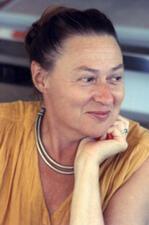
Rachel Ertel
Born in 1939, Rachel Ertel is a translator and an essayist. She remains one of the most prolific translators from Yiddish to French and dedicated her life to the survival of Yiddish culture in France and America.
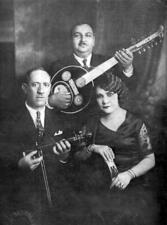
Rosa Eskenazi
Sara N. Evans
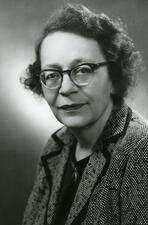
Minna Regina Falk
Minna Regina Falk was a historian, writer, and professor who is remembered for her work on German history. She became the first female full professor in New York University’s history department in 1963.
Family During the Holocaust
Although Jewish family life was destroyed and restructured in many ways during the Holocaust, it still often provided strength and a sense of normalcy. In many cases women became the family’s main income earner and were charged with many new tasks and responsibilities. Families were also frequently broken up by deportation, escape abroad, and death.
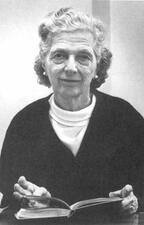
Jessica Feingold
Jessica Feingold devoted more than forty-five years of her life to carrying out the goals of the Jewish Theological Seminary. She edited fifty books that originated at the institution, while also serving in many different administrative positions.
![Fink, Ida - still image [media] Fink, Ida - still image [media]](/sites/default/files/styles/gallery_item/public/mediaobjects/Fink-Ida.jpg?itok=13g8CE7y)
Ida Fink
A Polish-born writer who survived the Holocaust, Ida Fink published several collections of short stories and a novel that explore the experiences and after-effect of the Holocaust. Her subtle and nuanced writing brings memory and imagination to bear on a traumatic past.
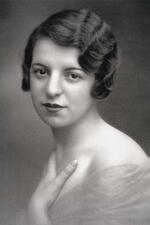
Paulette Weill Oppert Fink
After Paulette Fink’s husband, serving in the French Army, escaped capture, Fink and her family fled to the unoccupied zone of France and joined the Resistance, hiding Jewish children and helping them escape. Despite her husband’s death, Fink continued working with the Resistance and the Jewish Brigade. When the war ended, she continued her work with refugees before settling in Minneapolis.
Edith Flagg
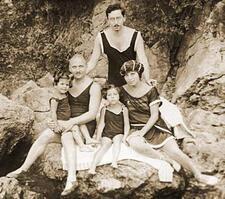
Gisi Fleischmann
Gisi Fleischmann was a steadfast and brave fighter in the underground resistance to Nazism during World War II. Many times, she refused to escape Slovakia to safety and instead chose to stay and fight for her people to the bitter end.
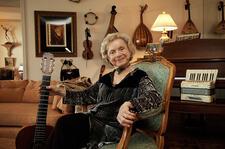
Flory Jagoda
Flory Jagoda is a singer, musician, and composer who has promulgated and enriched the Sephardic and Ladino (Judeo-Spanish) musical and folkloric tradition in the United States. Born in 1923, in Sarajevo, Bosnia (formerly Yugoslavia), she managed to leave Nazi-occupied Yugoslavia and avoid the sad fate of the extended family that nurtured her musical talent and Sephardic heritage. The popular Hanukah song, Ocho Kandelikas, is one of her many original compositions in Judeo-Spanish.
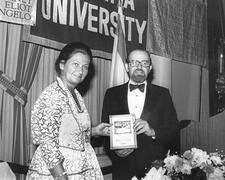
Modern France
From the French Revolution to the twenty-first century, Jewish women in France have undergone radical legal, political, cultural, and religious transformations. Seizing upon the increasing number of opportunities available to them, both as Jews and as women, Jewish women have left their marks on all areas of French society.
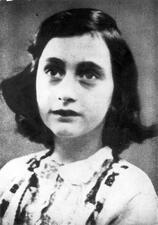
Anne Frank
Anne Frank is famous for the diary she wrote during the Holocaust, in which she describes her life while hiding in an Amsterdam attic. She was caught and perished in Bergen-Belsen. Her diary, which is often part of school curricula, has become one of the central symbols of the Holocaust and human suffering.
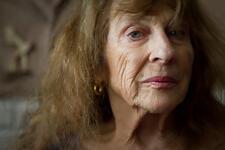
Mary Frank.
Mary Frank
Mary Frank was a sculptor and painter inspired by dance, photography, and the moving body. Born in London, Frank immigrated to the United States in the 1940s and danced with Martha Graham and studied art at the American Art School in New York. Frank imparts a sense of the timelessness and her work, and her sculptures have been described as sensual, sublime, poetic and profoundly moving, placing her among the foremost figurative artists of our time.
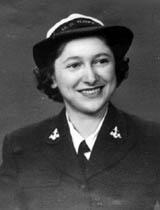
Bernice Sains Freid

Recha Freier
German-born Recha Freier founded Youth Aliyah in 1933, which assisted in sending Jewish European teenagers to Palestine prior to World War II to be trained as agricultural pioneers on kibbutzim. Although she was responsible for saving the lives of many thousands of Jewish youth, Freier’s efforts were not officially acknowledged until 1975, when she was eighty-three years old.
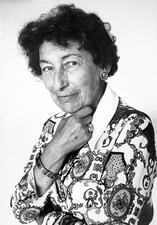
Gisèle Freund
Gisèle Freund was a European intellectual and writer, a sociologist, a historian of photography, a socialist, a Jew, and one of the world’s greatest photographers.From her photographs of a rally in Berlin to her insightful portraits of Evita Perón, Freund captured the early twentieth century. In 1991, she was the first photographer honored with a retrospective at the Musée National d’art Moderne.
Marta Friedländer-Garelik
Just the third Austrian woman to establish a legal practice, Marta Friedländer-Garelik’s law career was cut short by the 1938 Anschluss. She was able to escape Vienna through passage to Ireland, where she discovered her talent for handicrafts. After immigrating to Texas in 1941, Friedländer-Garelik started her own very successful knitwear factory.
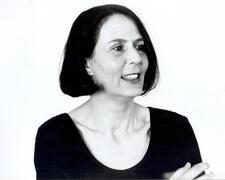
Carl Friedman
Carl Friedman was a Dutch writer who published several international bestsellers about the Holocaust and second generation trauma. Though writing from a Jewish perspective, in 2005 it was revealed that Friedman did not have a Jewish background. The controversy marred Friedman’s literary career.
Natalia Ginzburg
Natalia Ginzburg was an Italian novelist, short story writer, essayist, and political activist. Ginzburg is considered one of the greatest Italian writers of the twentieth century, and her award-winning literary work is recognized for its exploration of family relationships and politics throughout fascism in modern Europe and during World War II.


